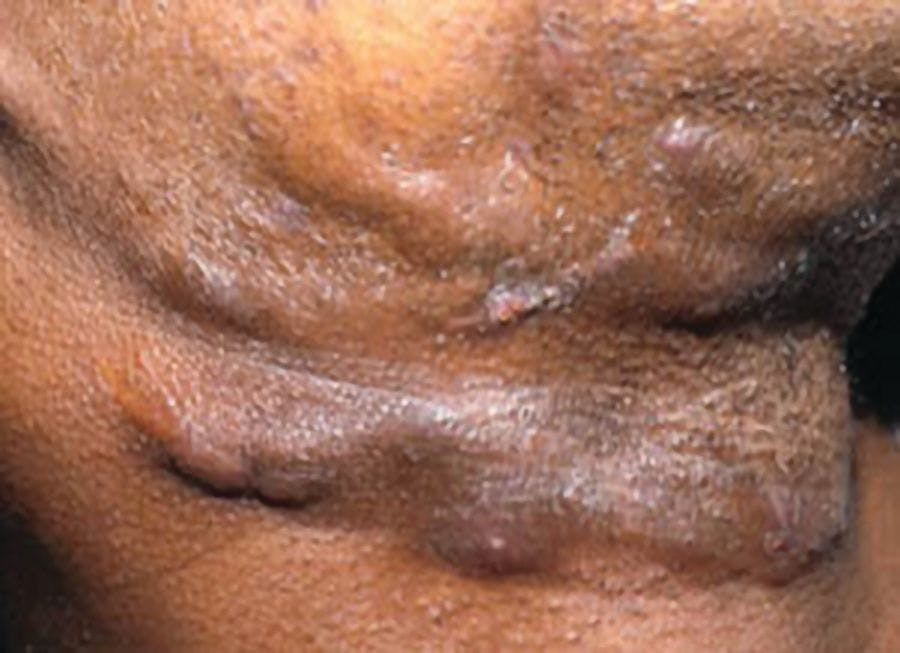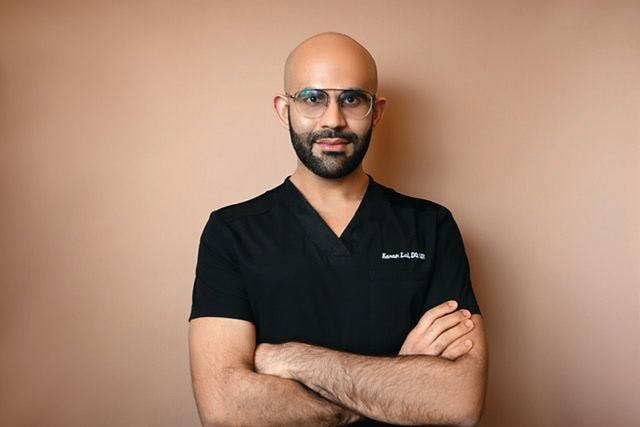- Acne
- Actinic Keratosis
- Aesthetics
- Alopecia
- Atopic Dermatitis
- Buy-and-Bill
- COVID-19
- Case-Based Roundtable
- Chronic Hand Eczema
- Drug Watch
- Eczema
- General Dermatology
- Hidradenitis Suppurativa
- Melasma
- NP and PA
- Pediatric Dermatology
- Pigmentary Disorders
- Practice Management
- Precision Medicine and Biologics
- Prurigo Nodularis
- Psoriasis
- Psoriatic Arthritis
- Rare Disease
- Rosacea
- Skin Cancer
- Vitiligo
- Wound Care
Publication
Article
Dermatology Times
Are You Prepared for Potential Tax Law Changes?
Author(s):
In this month's Finance & Practice Management article, Carole C. Foos, CPA, and David B. Mandell, JD, MBA, give an overview of potential upcoming tax law changes.
At the beginning of 2022, there was much anticipation and discussion regarding potential tax law changes that had been proposed by the Biden administration. Now that we are in the final quarter of the year very few tax changes affecting individuals and dermatology practices have come to fruition, but changes could still come pending the outcome of the midterm elections.
Inflation Reduction Act (IRA)
The recently passed Inflation Reduction Act had only a few provisions affecting individuals and small businesses. The energy efficient home improvement credit, formerly called the nonbusiness energy property credit, was extended through 2032. The credit now equals 30% of the cost for energy-efficient improvements installed during the tax year. The previous credit was 10%. In addition, the credit formerly had a $500 lifetime maximum but now taxpayers can take a credit of up to $1,200 per year. Thus, if you have made energy-efficient improvements to your home, you may be eligible for additional tax credits.
The credit for electric vehicles is now called the clean vehicle credit and is no longer limited to a certain number of credits per manufacturer. There are, however, limits based on the cost of the vehicle. No credit is allowed for cars with an MSRP above $55,000 or for SUVs and trucks with an MSRP above $80,000.
A provision of the IRA that has garnered much attention is the additional funding for the Internal Revenue Service (IRS) that is meant to increase enforcement. We will likely see a greater number of audits of high-income taxpayers moving forward. Some of the $80 billion allocated to the IRS is also meant for operations and for updating of systems.
Potential Tax Changes in the Near Future
While the passage of the IRA did not have a big impact on individual and small-business taxpayers, Treasury Secretary Janet Yellen recently spoke in Michigan about some of the Biden administration’s unfinished economic plans. She called for closing of loopholes and for a return of rates for high-income taxpayers and corporations to “historical norms.” To get the IRA passed, the Biden administration agreed to shelve some of the tax hikes in the original bill, such as raising the top individual tax rate back to 39.6%.
Regardless of whether we see further tax law changes this year after the midterm elections, it is important for dermatologists to continue to plan for future tax rate changes. Changes will come; we just don’t know when or what the exact changes will be. For this reason, it is of utmost importance to build wealth utilizing tax diversification. What do we mean by tax diversification? It is like diversification of an investment portfolio—not having all your eggs in 1 basket.
Tax Diversification
Currently income may be taxed at ordinary income tax rates or at long-term capital gains rates or it may even be tax free. As dermatologists build wealth and plan for retirement, it is important to have assets that are taxed in each of these ways. By doing so, one has a safety net against future tax rate changes. In years in which tax rates are higher, perhaps more money can be pulled from assets that are tax free. As an example, many readers may have invested in Roth IRAs or may still be investing in Roth 401(k)s. Funds distributed from these accounts will be tax free. Funds borrowed from the cash value of permanent life insurance, or basis withdrawn from cash value life insurance are also generally tax free under the Internal Revenue Code.
Alternatively, funds withdrawn from a traditional 401(k) plan or from a cash balance plan will be taxed at ordinary income tax rates. Gains from the sale of investments held longer than 12 months or gains from the sale of a building are generally taxed at long-term capital gains rates. Currently, the top long-term capital gains rate is 17% less than the top ordinary income tax rate.
In preparing for the unknown of potential tax law changes, an understanding of the tax diversification of your assets is an important first step. Determine if you have sufficient assets that will be tax free or taxed at reduced capital gains rates in retirement. Consider diversifying some of your retirement savings into a Roth account or utilizing nonqualified plans to add diversification. In addition, one way to help minimize the impact of future tax rate increases is to make sure your current assets are growing in an efficient manner. Investments should be tax efficient. Have you spoken to your adviser about the tax drag on your investments? Are you offsetting capital gains with capital losses when it makes financial sense?
Because none of us has a crystal ball to tell us what tax rates will be in retirement or even what they will be next year, begin building your tax diversified portfolio now. Current law still allows for back-door Roth conversions, which for some readers will be an easy way to get some money into a tax-free bucket. Many of you will also be able to contribute salary deferrals into a Roth 401(k), and some of you may have the option to contribute to nonqualified retirement plans, which can often be invested in assets that can provide tax-free distributions.
Conclusion
While 2022 did not bring a lot in the way of tax changes impacting dermatologists, more could come, depending on the midterm election results. Regardless, tax diversification is always a wise long-term tax strategy to pursue.
David Mandell, JD, MBA, is an attorney and author of more than a dozen books for doctors, including Wealth Planning for the Modern Physician. He is a partner in the wealth management firm OJM Group (www.ojmgroup.com), where Carole Foos, CPA, is a partner and tax consultant. They can be reached at 877-656-4362 or mandell@ojmgroup.com.
Wealth Planning for the Modern Physician and Wealth Management Made Simple are available free in print or by ebook download by texting DERM to 844-418-1212.
Disclosure:
OJM Group, LLC. (“OJM”) is an SEC registered investment adviser with its principal place of practice in the State of Ohio. SEC registration does not constitute an endorsement of OJM by the SEC nor does it indicate that OJM has attained a particular level of skill or ability.OJM and its representatives follow the current notice filing and registration requirements imposed upon registered investment advisers by those states in which OJM maintains clients.OJM may only transact practice in those states in which it is registered or qualifies for an exemption or exclusion from registration requirements. For information pertaining to the registration status of OJM, please contact OJM or refer to the Investment Adviser Public Disclosure web site.
For additional information about OJM, including fees and services, send for our disclosure brochure as set forth on Form ADV using the contact information herein. Please read the disclosure statement carefully before you invest or send money.
This article contains general information that is not suitable for everyone.The information contained herein should not be construed as personalized legal or tax advice, or as a recommendation of any particular security or strategy. There is no guarantee that the views and opinions expressed in this article will be appropriate for your particular circumstances. Tax law changes frequently, accordingly information presented herein is subject to change without notice. You should seek professional tax and legal advice before implementing any strategy discussed herein.

Newsletter
Like what you’re reading? Subscribe to Dermatology Times for weekly updates on therapies, innovations, and real-world practice tips.































